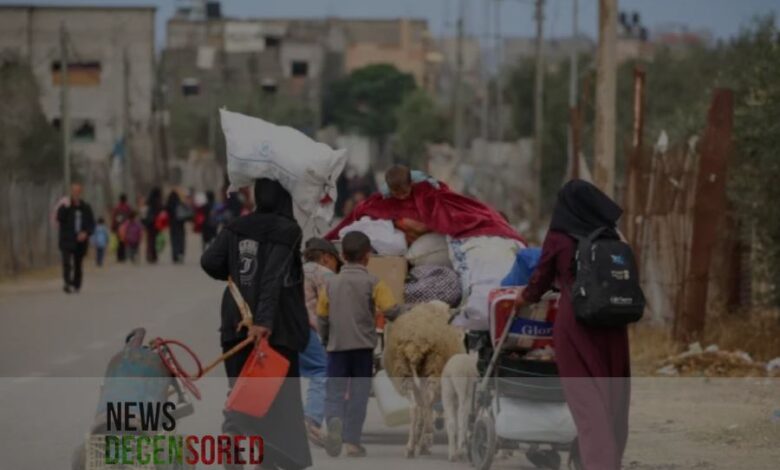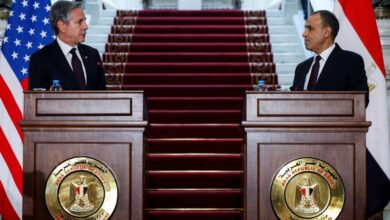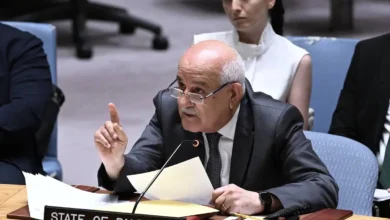The Evacuation of Rafah: Another Form of Israeli Oppression

Israel has been launching military operations in eastern Rafah since last week. Hundreds of thousands of Gazans fled the southern Rafah area last week after Israel expanded evacuation orders amid continued bombing and heavy fighting there, and many of them headed to the area that the Israelis designated as a “humanitarian zone,” even though it is overcrowded and lacks adequate medical services.
The newspaper reports that maps and analysis of satellite images show that the area along the coast is already crowded and is often damaged by strikes. For months, Israel has threatened a comprehensive invasion of the Rafah crossing to target Hamas, despite warnings from humanitarian officials, as well as its allies, about the potentially catastrophic toll on civilians.
Israel has been launching military operations in eastern Rafah since last week, describing them as “limited”, although it has intensified the pressure in recent days.
Health officials said that dozens of Gazans had been killed in Israeli strikes in Rafah since May 6, and the United Nations reported that one of its employees also died, the first international UN employee to be killed since the war began. The United Nations estimated on Tuesday that about 450,000 people had fled Rafah.
Before the war, Rafah was home to less than 300,000 people. After the Hamas attack on October 7, Israel launched an attack aimed at dismantling the movement. The fighting forced more than two million Gazans to flee, many of whom ended up in Rafah, which has now become a focal point in the Israeli campaign.
Israel said Rafah was Hamas’s last stronghold, with several brigades holed up in tunnels beneath the city. Last week, Israel seized the Gaza side of the Rafah border crossing with Egypt after Hamas fired rockets from the area and killed four Israeli soldiers.
Satellite images taken after the May 6 incursion show new, widespread damage to the eastern parts of Rafah. From May 5 to May 7, more than 400 buildings were destroyed in the evacuation zone, according to an analysis of satellite images by The New York Times.
Humanitarian workers say these areas likely contain unexploded ordnance from the war. The Israeli incursion has had dire consequences for medical workers and patients, doctors and humanitarian groups say. Abu Youssef Al-Najjar Hospital in eastern Rafah has been completely closed.
Hundreds of thousands of Palestinians are now forced to rely on only two other leading hospitals in Rafah that are still partially operational, as well as some small clinics and temporary field hospitals. Israel said it was also running some field hospitals in what it considered a humanitarian zone along the Gaza coast.
According to international relief organisations, the seizure of the Rafah crossing and limited access to the Kerem Shalom crossing have also exacerbated fuel shortages, putting humanitarian operations, including hospitals, at risk of imminent collapse.
According to UN officials, very little aid and only limited amounts of fuel have reached southern Gaza over the past week. Small amounts of aid have also entered Gaza at the Erez crossing in the north, although fighting continues in Jabalia and on the outskirts of Gaza City this week.
Tens of thousands of civilians continue to flee, on Wednesday, from the city of Rafah in the far south of the Gaza Strip, which the Israeli army is bombing and threatening with a large-scale ground attack, coinciding with the Palestinians commemorating the Nakba with the establishment of the State of Israel in 1948.
The United Nations Relief and Works Agency for Palestine Refugees (UNRWA) announced that since the Israeli army issued evacuation orders to residents of the eastern neighbourhoods of Rafah on May 6, “UNRWA estimates that approximately 450,000 people have been forcibly displaced from Rafah,” without specifying where they went.




